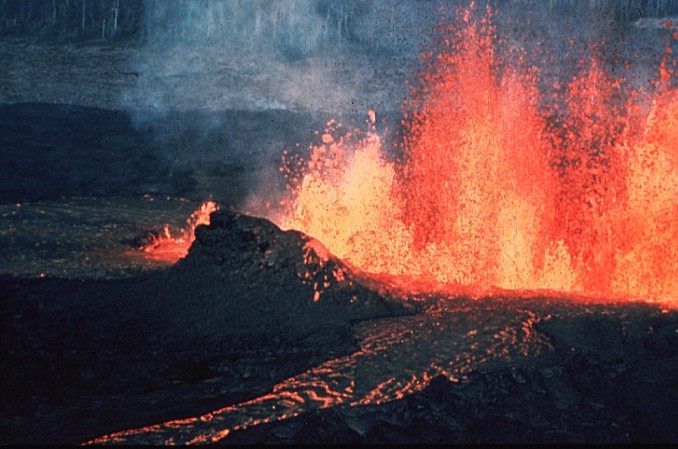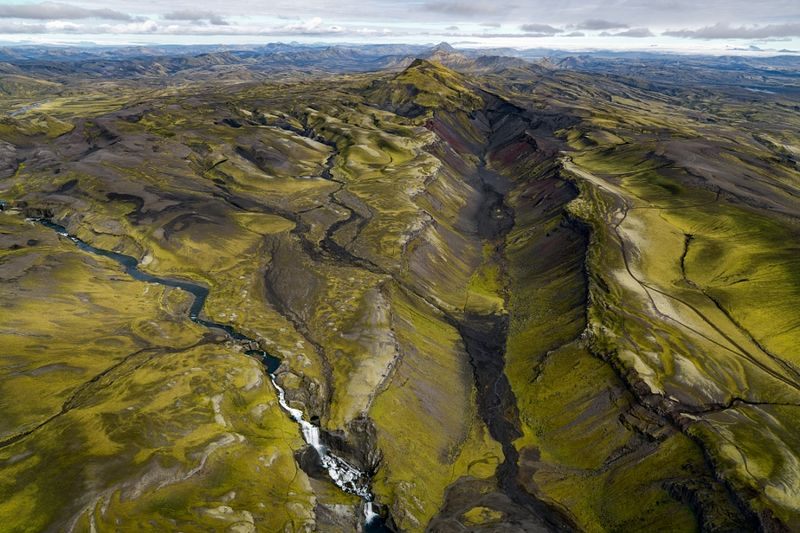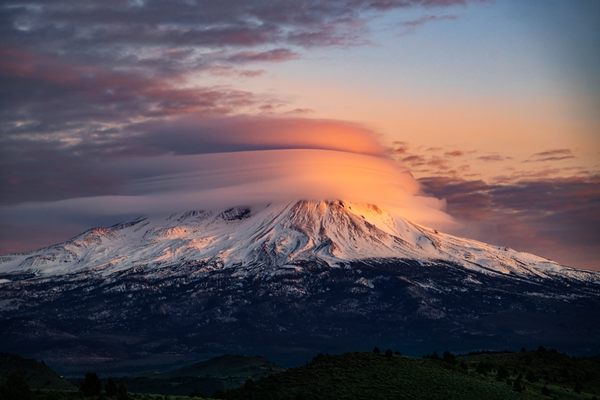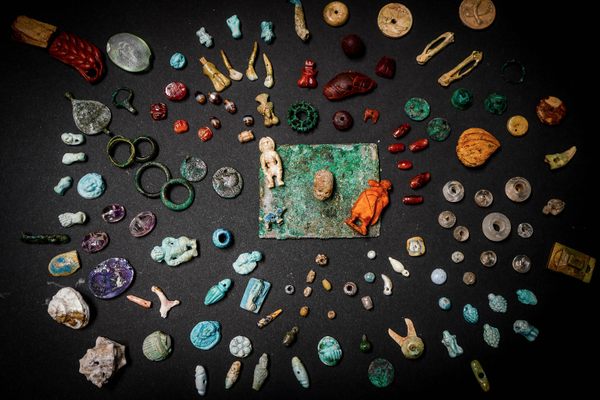A Volcano Helped Iceland Convert to Christianity
The 10th-century Eldgjá eruption looked a lot like the end of the world.

“The sun starts to turn black, land sinks into sea; the bright stars scatter from the sky.”
This, in the medieval Icelandic poem “Völuspá”—the prophecy of the seeress—is how the world ends. “Steam spurts up with what nourishes life, flame flies high against heaven itself.” Gods die, the Earth burns and is reborn, green and beautiful, a new and all-powerful lord ascends.
Dating back to 961, “Vǫluspá” portends the end of the island’s pagan pantheon and the rise of Christianity at the turn of the millennium. Its evocation of the volcanic and atmospheric impact of this divine upheaval is detailed, precise, and harrowing. Some scientists and geographers now believe that the account was based on the actual experience of a real-world event—the Eldgjá lava flow, the largest eruption on the island in the past 2,000 years—according to a new report published in the journal Climatic Change.
When Eldgjá erupted, it was a disaster of mythic proportions. More than four cubic miles of lava poured out over Iceland, “enough to cover all of England up to the ankles,” the University of Cambridge notes. Despite the magnitude of the event, no firsthand accounts of the eruption survives, so scientists have had to infer when it took place.
In the new paper, an international team used ice cores from Greenland to date the start of the eruption. They found clear signatures of both this eruption and another volcanic event, the “millennium eruption” of Changbaishan volcano, across the world, on the border of China and North Korea. The Changbaishan eruption has been dated to the year 946. Using that as a marker of time, the team determined that the Eldgjá event began in 939.

With that information, the team went looking for documentary evidence of its effects. They found texts describing a blood-red, weak sun in Ireland, Germany, and Italy, as well as records of hard winters and spring droughts. Tree ring data indicated that the summer that followed was one of the coolest in 1,500 years. All of these phenomena could result from volcanic material ejected into the atmosphere.
But the longest-lasting effect, perhaps, could be Christianity itself. In “Vǫluspá,” Icelandic people connected the end of the world with descriptions drawn from their own recent past. “’Vǫluspá’ suggests that the eruption acted as a catalyst for the profound cultural change brought about by conversion to Christianity,” the researchers write. With an event that traumatic and fresh in historical memory, following a new god might have seemed a wise choice.

































Follow us on Twitter to get the latest on the world's hidden wonders.
Like us on Facebook to get the latest on the world's hidden wonders.
Follow us on Twitter Like us on Facebook